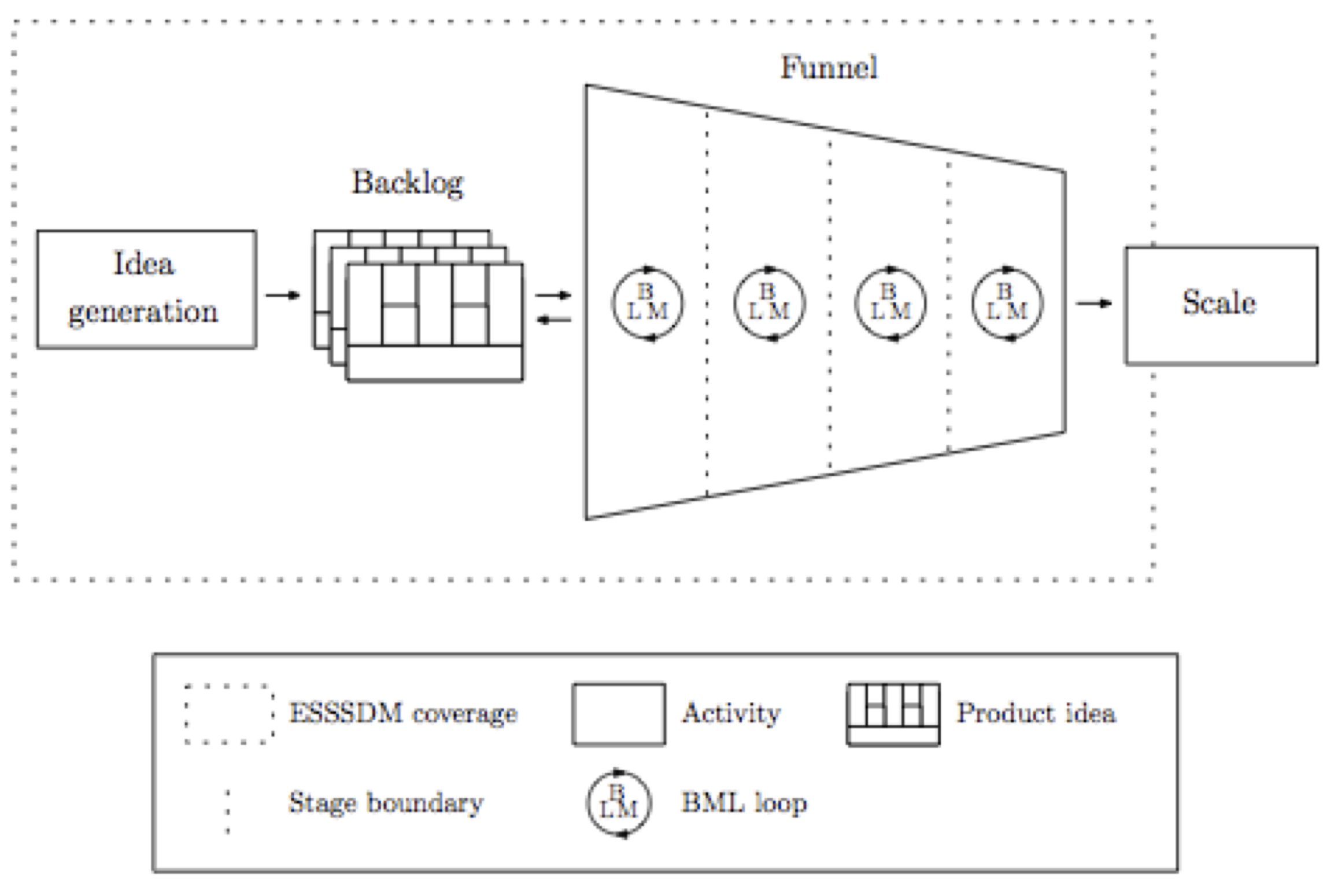This week I spent a few days at the OOP 2017 conference in Munich, Germany. Before, during and after my talk there (click here for the slides) the topic of innovation came up frequently. It seems like every company has its own garage, lab and open innovation initiative. They all have read the Lean Startup book, know about unstructured time and doing away with hierarchy so that the intrapreneurs have the chance to come up with great, breakthrough innovations.
Now, don’t get me wrong: companies in virtually any industry need a major shift from focusing on efficiency to focusing on innovation. Everything that can be made more efficient should be automated already and if it hasn’t happened yet, it will soon. My concern is the companies put their understanding of the innovation infrastructure in place, create some space for people to work on innovation and expect that innovation will somehow magically happen. Many fail to realize that innovation is really hard work.
The biggest misconception is that ideas matter. In a way they do, but ideas are a dime a dozen. It’s really easy to have ideas and to have lots of them. Just run a brainstorming workshop and if you really get the team going, you’ll end up with more ideas than you can handle for the rest of your life. The value is not in ideas, but in validated concepts. Concepts that have been tested with customers and ecosystem partners and for which the feedback has been positive.
Validation of innovative concepts is not a single step, but rather an iterative process where confidence and investment in the concept go up with every iteration. In the early stages, one can identify three stages of validation. First, it’s often a good start to ask around inside the company itself and get feedback. This can be from colleagues, experts as well as people in different functions and parts of the organization. The next step is to ask customers and ecosystem partners outside the company to provide their perspective and their interest in the concept. The challenge with this step is that we only learn what customers and partners say they will do. Lots of research confirms that there is a significant gap between what people say they do (espoused theory) and what they actually do (theory in use). Consequently, the third iteration is where through the deployment of a minimal viable product (MVP) or minimal viable feature (MVF), we are able to measure actual customer and system behaviour.
In our research (see for instance the reference below), we have worked on this approach in various contexts. The figure below shows the process of idea generation, the use of an adapted business model canvas and then a funnel of four steps, i.e. validate problem, validate solution, validate small scale MVP and, finally, validate large scale MVP.

Figure: An instance of an innovation funnel
The problem that most companies and individuals run into is that it is really hard work to leave the safe, comfortable office, find potential customers, interview them, figure out that the assumptions that we had are completely wrong, going back to the drawing board to iterate and figuring out that most of the “great” ideas turned out to be complete duds. It is much more convenient to stay within the ivory tower of the innovation lab, work on technical solutions and give demos to the senior executives to show how innovative we all are.
As Thomas Edison already said, many moons ago, opportunity is missed by most people because it is dressed in overalls and looks like work. Innovation is hard work and requires you to go out, expose yourself and your ideas, receive unsalted feedback from potential customers, get your darlings killed, even after the initial feedback was really positive, but when the actual behaviour of customers does not match what they told you.
No matter what innovation method, approach, process or silver bullet you subscribe to, realize that innovation does not just happen by putting some infrastructure in place. Your organization needs a culture where everyone constantly tests and validates their assumptions, use data instead of opinions, minimize the investment between validation points and iterate as fast as possible to learn faster than the competition. A culture where failure is not defined as a potential innovation not delivering on the expected outcome, but one where failure means not have explored the concept at all. Where surprises, often ones that you would rather have avoided, are celebrated as these are the ones where the most important learnings happen. But also a culture when everyone realizes that innovation means revenue and growth, even though it is really, really hard work.
Reference
Bosch, Jan; Olsson, Helena Holmström; Björk, Jens; Ljungblad, Jens; The early stage software startup development model: A framework for operationalizing lean principles in software startups, Lean Enterprise Software and Systems, pp. 1-15, 2013, Springer Berlin.
One thought on “Innovation Is Hard Work”
Comments are closed.